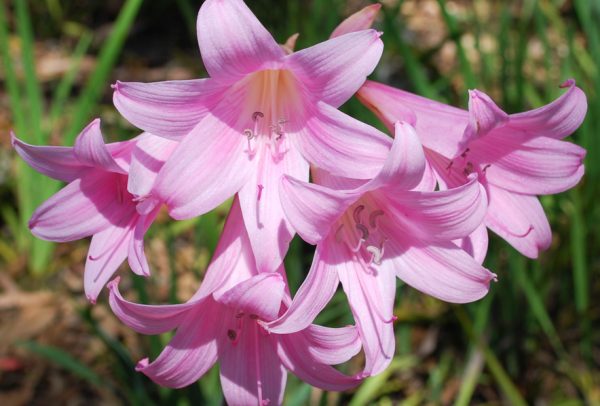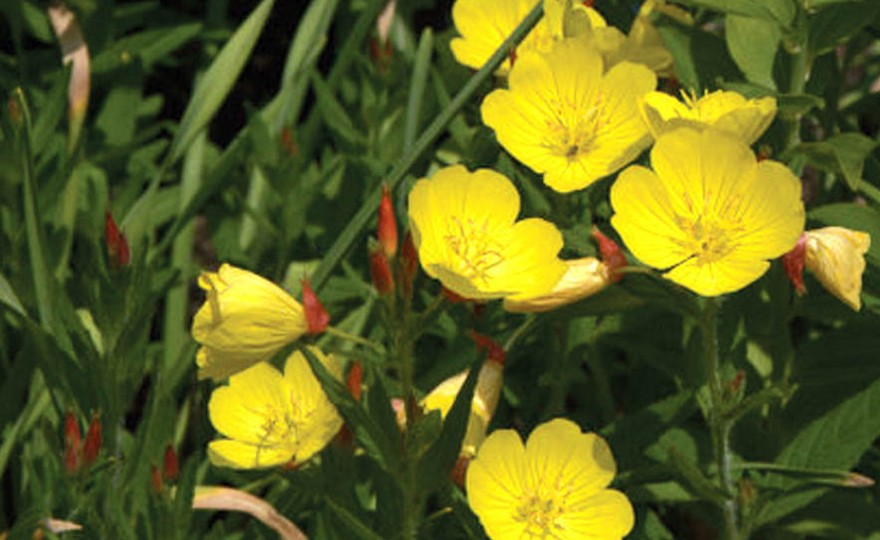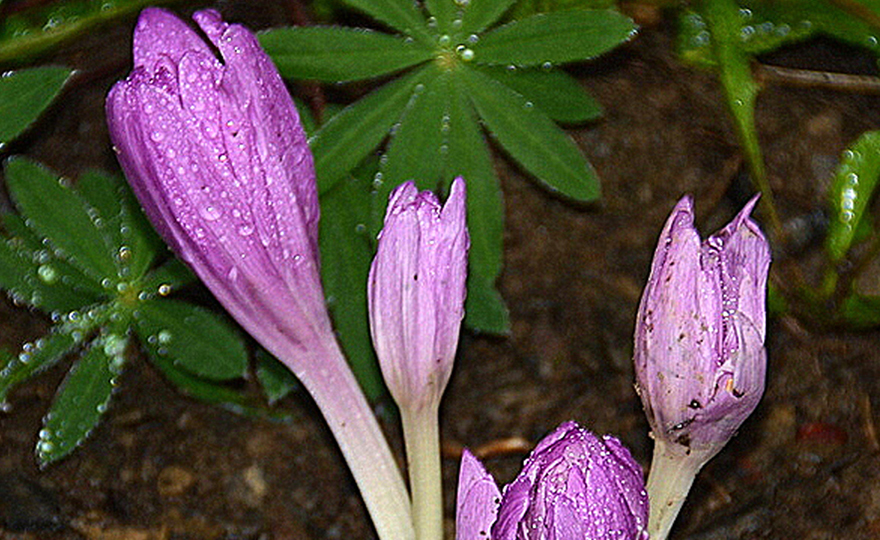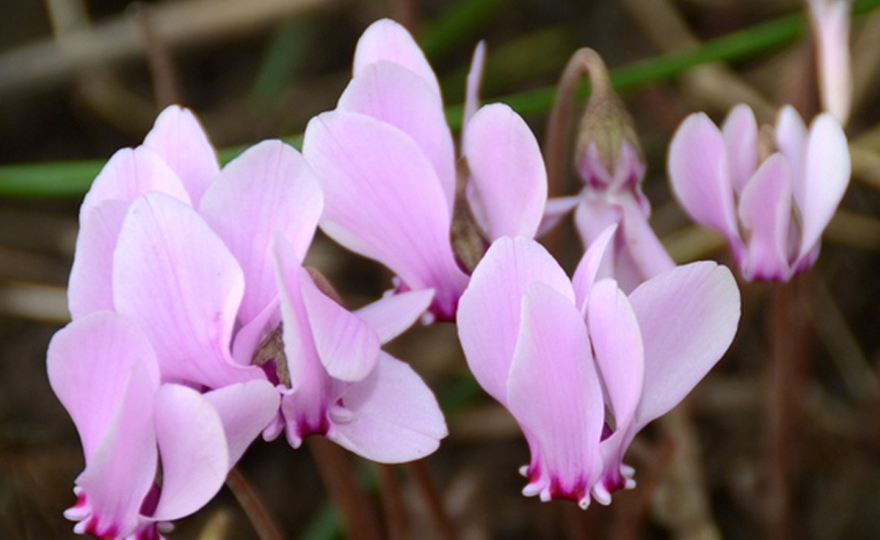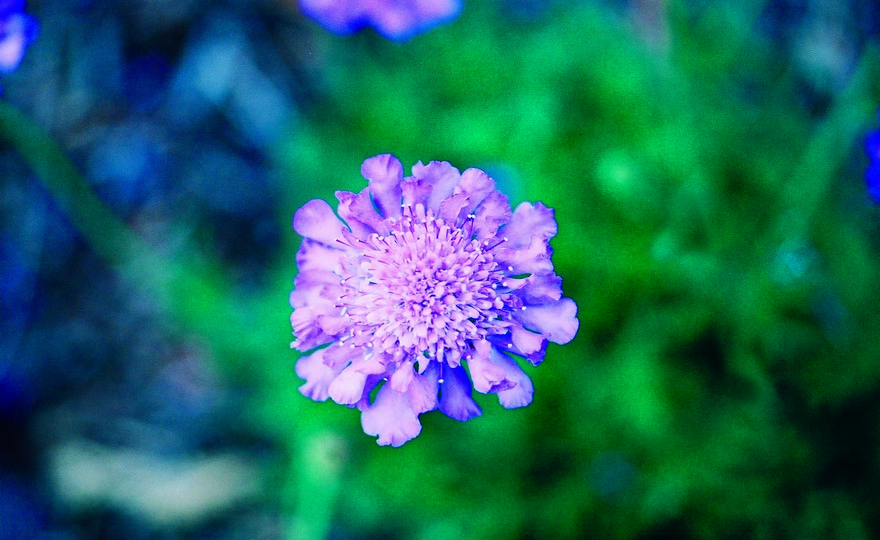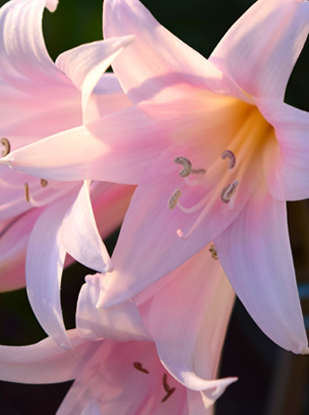
Lily, The Naked Lady, Lycoris squamigera – 1 Bulb
-
- **SOLD OUT** HOLIDAY GIFTS **SOLD OUT**
- **SOLD OUT** Holiday Books **SOLD OUT**
- **SOLD OUT** Holiday Citrus **SOLD OUT**
- **SOLD OUT** Holiday Gift Certificates **SOLD OUT**
- **SOLD OUT** Holiday Paperwhites **SOLD OUT**
- **SOLD OUT** Holiday Praying Mantis Kits **SOLD OUT**
- **SOLD OUT** Holiday Tools **SOLD OUT**
- **SOLD OUT** Holiday Wildflower Mixtures **SOLD OUT**
- Citrus Trees
- **SOLD OUT** - Vegetable and Herb Plants - Mix & Match any 6 Plants for $50 - Only Shipped in Quantities of 6
- Elephant Ear Plants & Roots
- **SOLD OUT** 4-Inch Pot Herb Plants **SOLD OUT**
- Rare Plants
- **SOLD OUT** Vining Plants **SOLD OUT**
- Asian Seeds
- Beneficial Bugs
- Books
- Citrus Fertilizers
- Cold-Treated Bulbs - SEE BULBS FOR FALL PLANTING TO ORDER
- Cold-Treated Allium
- Cold-Treated Chionodoxa
- Cold-Treated Crocus
- Cold-Treated Hyacinthoides
- Cold-Treated Hyacinthus Orientalis
- Cold-Treated Narcissus
- Cold-Treated Cyclamineus Narcissus
- Cold-Treated Double Heirloom Narcissus
- Cold-Treated Jonquilla Narcissus
- Cold-Treated Large Cupped Narcissus
- Cold-Treated Poeticus Narcissus
- Cold-Treated Small Cupped Narcissus
- Cold-Treated Species Miniature Narcissus
- Cold-Treated Split Cupped Narcissus
- Cold-Treated Tazetta Narcissus
- Cold-Treated Triandus Narcissus
- Cold-Treated Trumpet Daffodils
- Cold-Treated Ornithogalum
- Cold-Treated Rock Garden Iris
- Cold-Treated Scilla
- Cold-Treated Tulips
- Cold-Treated Emperor Tulips
- Cold-Treated Fringed Tulips
- Cold-Treated Green or Viridiflora Tulips
- Cold-Treated Lily Flowering Tulips
- Cold-Treated Parrot Tulips
- Cold-Treated Peony Flowering Tulips
- Cold-Treated Single Early Tulips
- Cold-Treated Single Late Tulips
- Cold-Treated Species Tulips
- Cold-Treated Triumph Tulips
- Flower Bulbs, Corms and Tubers
- Bulbs for Spring Planting
- Bulbs for Fall Planting - ALL BULBS AVAILABLE ARE COLD TREATED FOR PLANTING AS SOON AS SOIL CAN BE WORKED
- Fall Blooming Bulbs
- Garden Tools & Equipment
- Gift Certificates
- HHH Exclusive Wildflower Mixtures
- Wildflower Mixtures
- Heirloom Garlic
- Potatoes
- Roots & Sets
- Seeds
- Flowers
- Herbs
- Vegetables
- **SOLD OUT** HOLIDAY GIFTS **SOLD OUT**
-
- No products to compare
-
21 in stock
Quick Overview
LILY, The Naked Lady, Lycoris squamigera
FULL SUN There are two bulb species that are known as Naked Ladies, Surprise Lilies, Magic Lilies, Resurrection Lilies – the Amaryllis Bella Donna (usually only available in the spring) and the Lycoris squamigera. Both produce pink, large trumpet-shaped blossoms in the fall and green, strapping leaves in the spring. Lycoris squamigera is hardier than the Bella Donna, but requires heavy mulching protection in the fall in Hardiness Zones 4-5. Make sure to add ½ cup bone meal to the hole where the bulb will be planted.
| Type | Spacing | Planting Depth | Days to Germination | Bloom Season |
| Perennial | 8-12 in. | 8-10 in. | 21-35 | August-October |

Lily, The Naked Lady, Lycoris squamigera
The Lycoris is a family of bulbs native to China and Japan. The spider lilies, Lycoris aurea and Lycoris radiata, were introduced into Europe in the mid-1700s. Lycoris squamigera was introduced into Europe in 1888. It is native to Japan. The name, Lycoris, comes from the Latin name of the mistress of Marc Antony.
Like Amaryllis, to which Lycoris are related, the bulbs produce flowers in the fall and leaves in the spring. They do not produce flowers in the spring, but the extravagant blossoms they produce in the fall are great assets to the weary autumn garden.
In late August to October, Lycoris squamigera produces huge, pink, trumpet-shaped blossoms as many as 6 to a flower stem. Each blossom is 6-8 inches long. The flower stems are 24+ inches tall.
Planting Lycoris in Your Garden
Most of the Lycoris are only hardy in Hardiness Zones 7-10, but Lycoris squamigera is hardy to Zone 4 with heavy fall mulching.
To plant Lycoris in the ground in mid to late summer, dig holes that are 8-10 inches deep and dust the holes with bone meal (1/2 cup per bulb). Place the bulb in the hole, pointed side up, and fill the hole with soil. Lycoris prefer organically rich soil, so mixing peat moss, compost, and/or dehydrated cow manure into the soil produces stronger plants and more flowers.
When the leaves begin to emerge in the spring, fertilize with a balanced fertilizer (10-10-10, 5-5-5 for examples). When the leaves are full grown, a second application of fertilizer should be done. This time the fertilizer should be high in potash and phophates (3-6-6, 5-10-10 for examples).
Lycoris cannot stand wet feet. They need well drained soil, and if they do not have this, they will rot quickly. All Lycoris need a period of dryness during the early to mid-summer in order to encourage the bulbs into dormancy. After the leaves have died, do not water until the flower spikes start to emerge.
Dividing or moving Lycoris should be done in the late spring of the year after the leaves have died back. The small bulbs should be removed from the main bulb and planted in shallow holes no more than 3 inches deep. In two years, these small bulbs can be replanted in 8-10 inch deep holes.
Planting Lilies in Containers
Lycoris LOVE being grown in containers, but the containers must be deep – at least 10-12 inches. Use the soil mix described in detail in our Harvesting History YouTube video. Do not use prepared soil mixes.
The Best Soil Mix for Containers
Briefly the soil mix is 60% topsoil, 20% peat moss and 20% compost or dehydrated cow manure. You can plant according to the following chart:
| Type | 10-12 Inch | 14 Inch | 18 Inch |
| Lycoris squamigera | 3 Bulbs | 5 Bulbs | 8 Bulbs |
Plant the bulbs 8 inches deep. Dust the hole with ½ cup bone meal per bulb. Cover the bulbs with 8 inches of soil. Water heavily, but do not allow the pots to stand in water. Once the Lycoris have emerged from the soil, fertilize according to the above schedule.
In the fall, when the top growth has died completely back, remove the dead growth and dust the surface of the soil with bone meal. Apply 2-4 inches of mulch and move to a protected area if being grown in Hardiness Zones 4-6.

